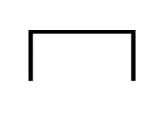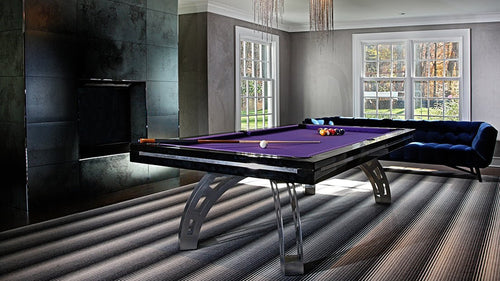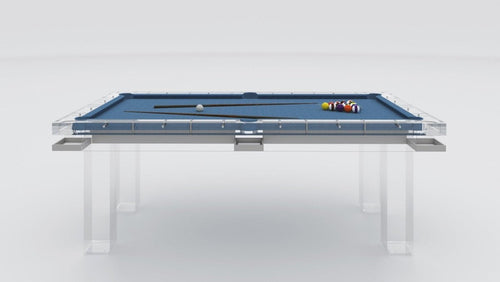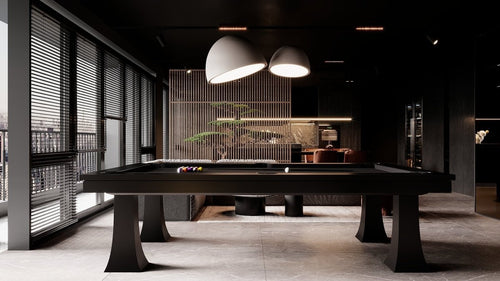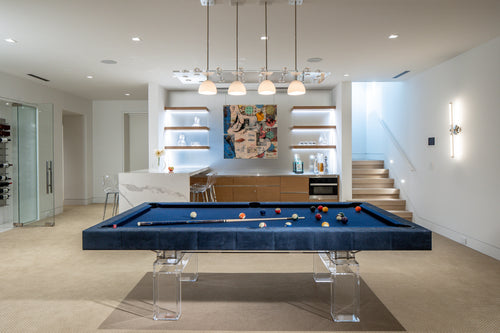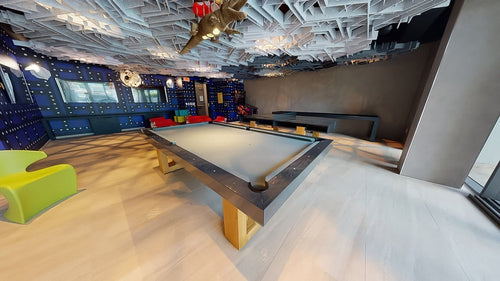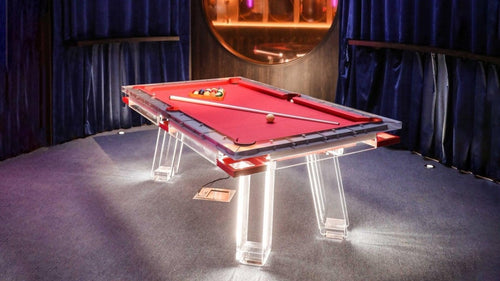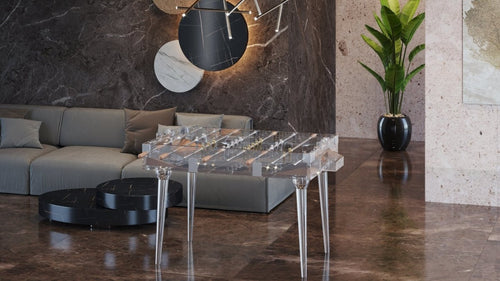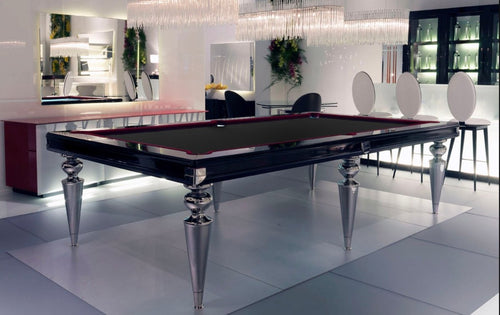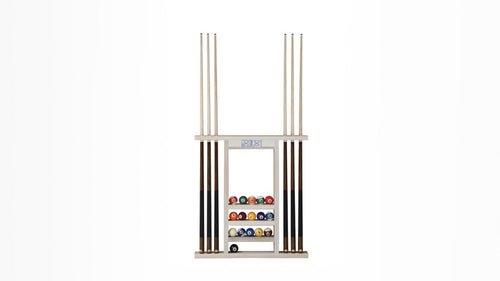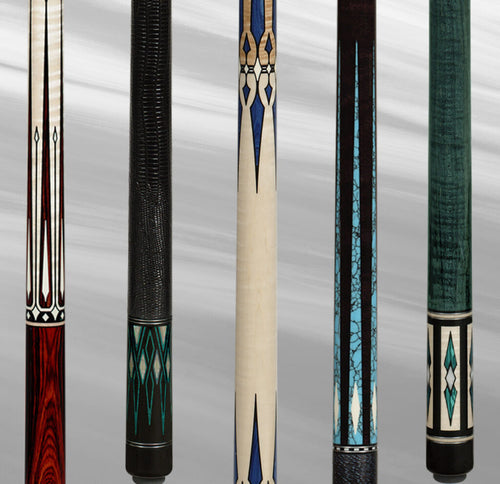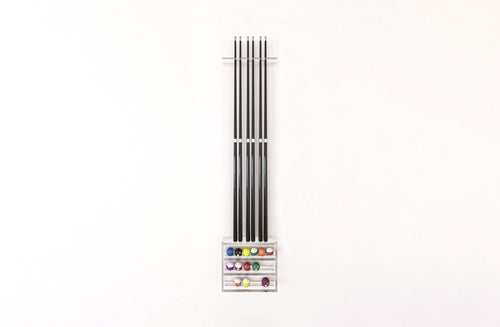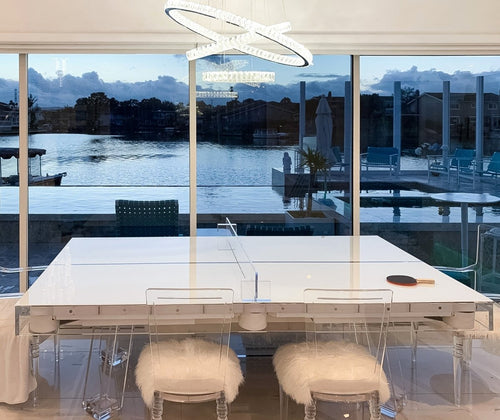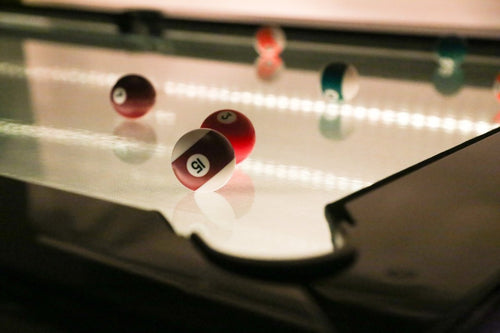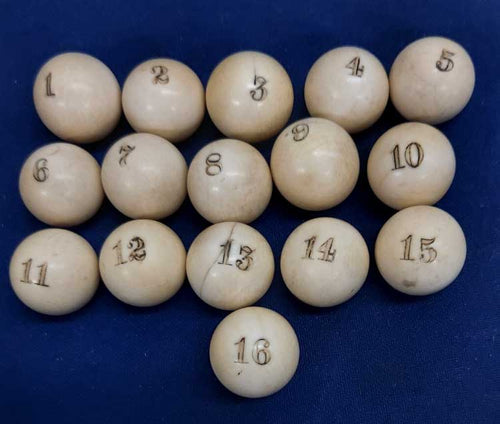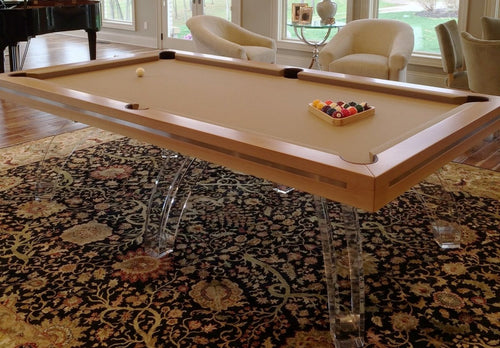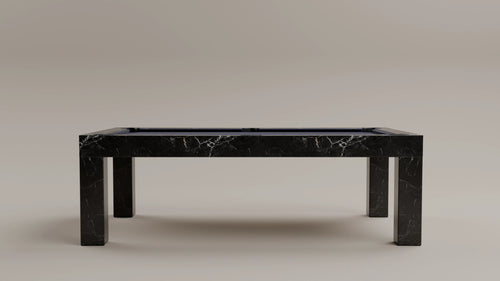Enjoy our modern designs
Today, we’ll delve into the Center to Edge Aiming System (CTE)—a method that, while sometimes controversial, has proven effective for many players. This technique simplifies shot-making by focusing on visual reference points, allowing you to consistently aim and sink shots with greater confidence.
What Is the Center to Edge Aiming System?
The Center to Edge Aiming System (CTE) is a visual aiming technique that aligns the center of the cue ball with specific points on the object ball. Unlike other methods that require complex calculations, CTE offers a straightforward approach using reference points and pivots to line up your shots accurately. Though some may debate its effectiveness, many find it to be a reliable system that truly works. In this guide, we'll break down the fundamentals of CTE and walk you through its practical application at the table.
How Does CTE Work?
CTE relies on five aiming spots on the object ball to help you adjust for various cut angles. These spots are crucial for determining the required cut angle. Let’s break down the system:
Five Aiming Spots
When cutting a ball to the left, the aiming spots are labeled A, B, and
C.
A: For cut angles around 15 degrees.
B: For cut angles around 30 degrees.
C: For cut angles around 45 degrees.
For cuts to the right, the order of the aiming spots is reversed: C, B, and A.
Outside Aiming Spots
For shots with angles greater than 45 degrees, use the outer edges of the object ball, which lie beyond the central spots. These are for the most extreme cuts.The Setup: Cue and Pivot Adjustment
CTE is more than just visual alignment—it also involves how you position and adjust your cue before taking the shot.
Cutting to the Right
Start by positioning the tip of your cue one tip to the right of center on the cue ball.Depending on your cut angle, aim your cue through the cue ball towards spot A, B, or C on the object ball.
Once you feel confident that the tip of your cue is aligned with the correct aiming spot, pivot your cue back to the vertical center of the cue ball, and then shoot.
Cutting to the Left
For shots to the left, position the tip of your cue one tip to the left of center on the cue ball.Line up the tip of your cue with the appropriate aiming spot (A, B, or C) on the object ball.
Pivot your cue back to the vertical center of the cue ball, and then execute the shot.
For cut angles greater than 45 degrees, you'll need to adjust further:
For extreme right cuts, move your cue a tip and a half to the right of center.For extreme left cuts, move your cue a tip and a half to the left of center.
Examples of CTE in Action
Example 1: 15-Degree Cut to the Right
Start with the cue one tip to the right of center.Aim at the right edge of the stripe on the 11 ball, which corresponds to aiming spot A.
Pivot your cue back to the center and shoot—your shot will land smoothly in the pocket.
Example 2: 30-Degree Cut to the Right
Begin with your cue one tip to the right of center.Aim at the middle of the object ball, which represents aiming spot B.
Pivot back to center and take your shot.
Example 3: 45-Degree Cut to the Left
Start with the cue one tip to the left of center.Aim at the right edge of the stripe, targeting aiming spot C.
After aligning, pivot back to center and shoot the shot cleanly into the pocket.
Advanced Shot: 75- to 80-Degree Thin Cut
Line up a tip and a half to the left of the center on the cue ball.Aim at the outer edge of the object ball’s aiming spot, and pivot back to center before executing your shot.
Even with such a sharp angle, CTE helps to maintain accuracy and control.
Benefits of Using the Center to Edge Aiming System
Precision: CTE provides a simple framework for tackling a variety of shot angles, from slight cuts to extreme angles.Consistency: With its structured alignment system, you can rely on CTE for a wide range of shots without overthinking the geometry.
Confidence: Once you understand the technique, CTE reduces guesswork, allowing you to focus on execution rather than calculation.
Tips for Mastering CTE
Practice Consistently: The more you practice aligning the cue ball with the object ball using CTE, the easier it becomes to gauge angles and pivot accurately.Use Training Aids: Try visual aids like marked balls or alignment guides to help reinforce your understanding of the aiming spots and pivot technique.
Stay Patient: CTE can feel complex at first, but with patience and practice, it becomes second nature. Watch demonstrations, follow along, and experiment with different angles.
Common Pitfalls to Avoid
Incorrect Pivot: The pivot is essential for success. Ensure that you pivot back to the center of the cue ball after lining up with the object ball’s edge.Ignoring Spin: Spin can alter your shot, so be mindful when applying English or side spin—adjust your aim accordingly.
Final Thoughts
The Center to Edge Aiming System is a powerful tool for any pool player looking to improve their precision and shot-making ability. While it may take some time to get used to, the combination of visual reference points and simple pivot adjustments can transform your game. By practicing consistently and staying focused on your alignment, you’ll see the benefits of this aiming method in no time.

